Topkapi Palace: A Reflection of Ottoman Grandeur
The Topkapi Palace is one of Istanbul’s most iconic landmarks, showcasing the magnificence of the Ottoman Empire. Located in Sarayburnu, on a promontory overlooking the Golden Horn, the Bosphorus, and the Marmara Sea, this sprawling palace complex served as the official residence of the sultans for over 400 years. Its breathtaking location, encircled by Byzantine walls and offering unparalleled views, makes Topkapi a unique destination blending history, architecture, and art.
History of Topkapi Palace
The Topkapi Palace was commissioned by Sultan Mehmed II in 1459, shortly after the conquest of Constantinople in 1453. Built on the ancient Byzantine acropolis, it replaced the Great Palace of Constantinople, which had fallen into ruin. Over the centuries, Topkapi became the administrative, political, and cultural hub of the empire.
The initial structure was modest compared to the vast complex it later became. The palace grew organically, with successive sultans adding new sections and renovating existing ones. During the reign of Suleiman the Magnificent (1520–1566), significant expansions took place, including the construction of the Harem and enhancements to the Treasury. This era marked the height of the Ottoman Empire, and the palace mirrored its power and opulence.
From the 17th century onward, the sultans began spending more time in waterfront residences along the Bosphorus, and Topkapi’s prominence declined. In 1856, Sultan Abdulmecid moved the court to Dolmabahçe Palace, leaving Topkapi for ceremonial and administrative purposes. Following the fall of the Ottoman Empire, the palace was converted into a museum in 1924 by decree of Mustafa Kemal Atatürk.
Structure of the Palace and Main Attractions
Topkapi Palace is an expansive complex consisting of four main courtyards and numerous buildings. Its gardens, fountains, and pavilions provide a serene experience, combining Ottoman grandeur with tranquil landscaping.
The Treasury
The Topkapi Treasury houses one of the world’s most valuable collections. Highlights include the Spoonmaker’s Diamond, weighing 88 carats, and the Topkapi Dagger, adorned with massive emeralds. This building, constructed in the 15th century, also contains ceremonial weapons, religious artifacts, and other priceless objects.
The Harem
The Imperial Harem is one of the palace’s most intriguing sections. This private area housed the sultan’s mother, wives, concubines, and other members of the royal family. Designed by Mimar Sinan, the Harem features courtyards, baths, and rooms adorned with intricate tiles and mosaics. Its architecture reflects the luxury and seclusion characteristic of royal life.
The Imperial Council
The Divan-i Humayun, or Imperial Council, was where senior officials convened to discuss matters of state. This structure stands out for its elegant architecture, including marble columns and gold-adorned ceilings. The main hall, known as Kubbealti, is topped with a grand dome.
The Sultan’s Pavilion
This pavilion offers stunning views of the Bosphorus and served as a retreat for the sultans. Decorated with Iznik tiles and gilded details, it is one of the palace’s most picturesque spots.
The Imperial Kitchens
The kitchens of Topkapi Palace were one of the complex’s largest areas, preparing feasts for thousands, including the royal family and court officials. The kitchens also house a collection of Chinese and Japanese porcelain, regarded as one of the most significant in the world.
Tips for Visitors
It is recommended to arrive early to avoid crowds and allocate at least half a day to explore the palace. Wear comfortable shoes, as the complex is extensive. Note that access to the Harem requires an additional ticket but is well worth it for its stunning architecture.
Location
Topkapi Palace is located in Sultanahmet, in Istanbul’s historic center.
Visiting Hours
Wednesday to Monday: 9:00 AM – 5:00 PM. Closed on Tuesdays.
Admission
General Entry: 30 TL
Harem Entry: 20 TL
How to Get There
Tram: Line T1, Sultanahmet stop.
Nearby Attractions
- Gülhane Park (259 m)
- Hagia Sophia (602 m)
- Blue Mosque (1 km)
Conclusion
The Topkapi Palace Museum is not just a historical site but a living testament to the grandeur of the Ottoman Empire. Its lavish architecture, priceless treasures, and serene gardens make it a must-visit destination. Whether you’re a history enthusiast, an art lover, or simply looking to experience Istanbul’s cultural heritage, Topkapi Palace offers an unforgettable journey through time.
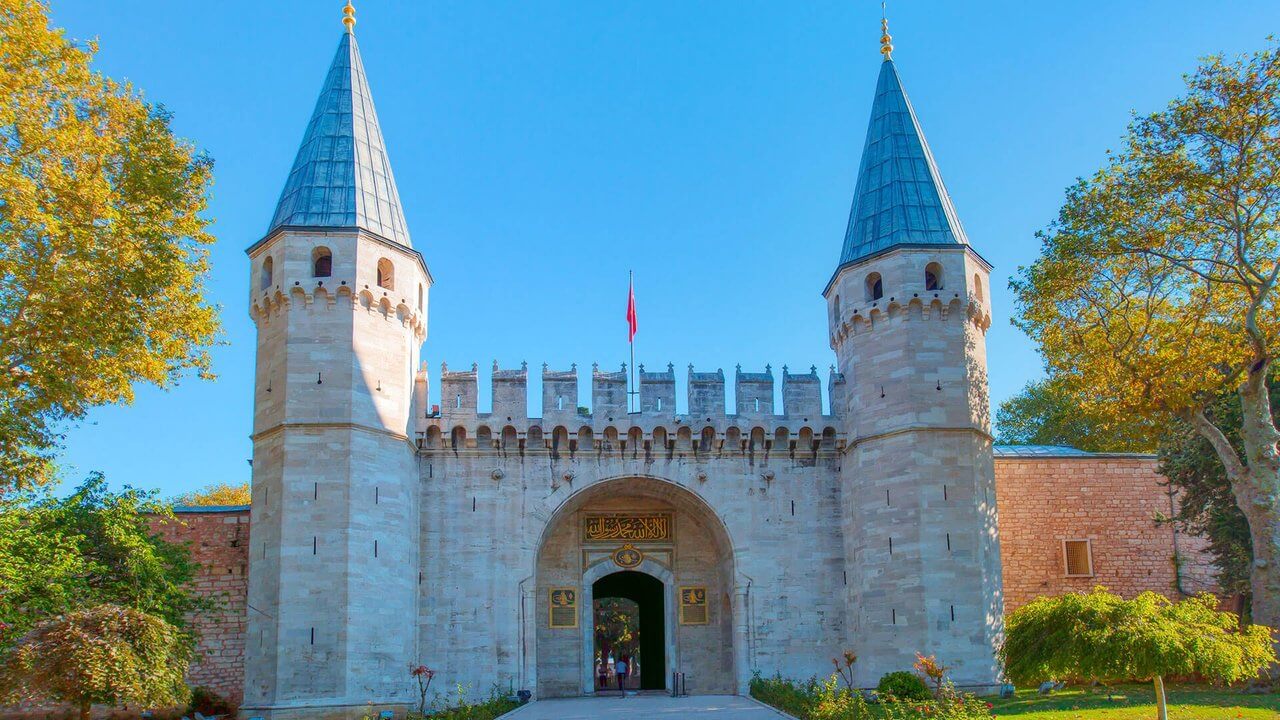
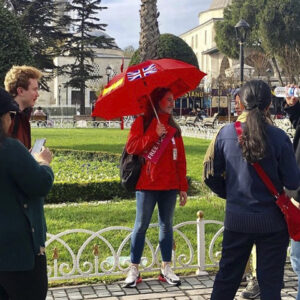
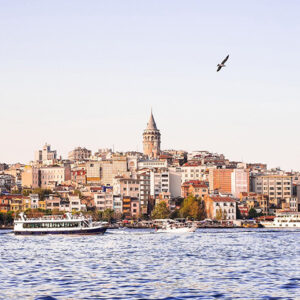
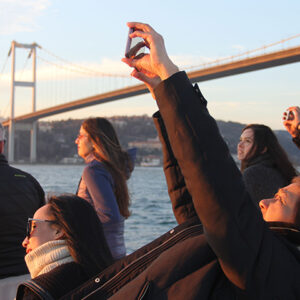
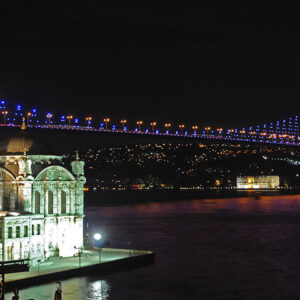
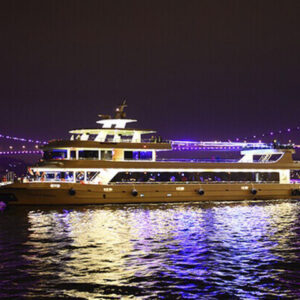
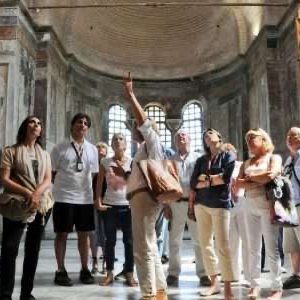
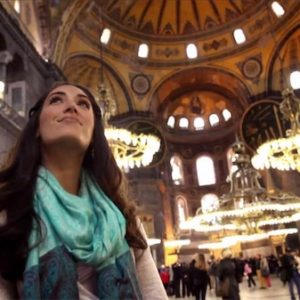
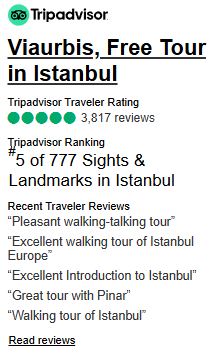

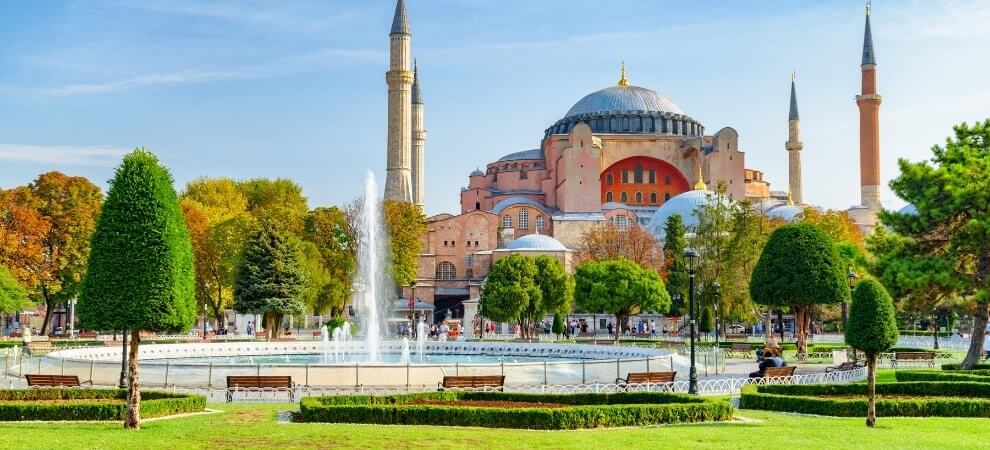
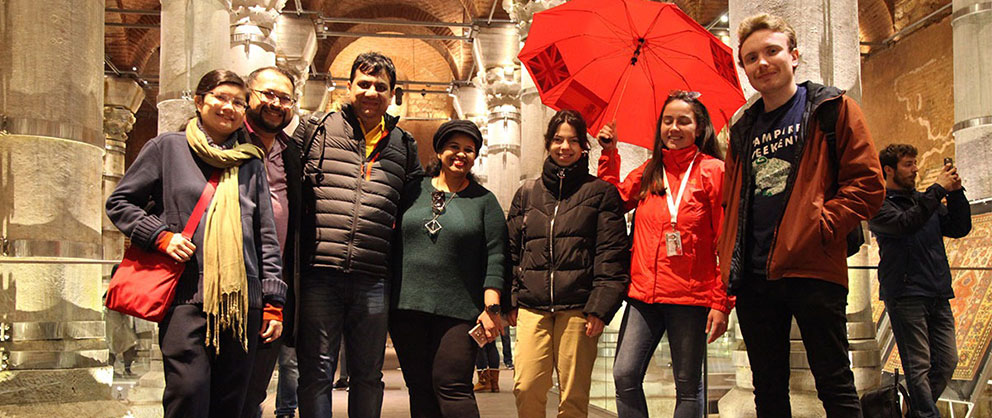
3 thoughts on “Topkapi Palace”
★★★★★
Highly recommend visiting ‘Topkapi Palace’—a site rich with history and unparalleled beauty.
★★★★★
Visiting ‘Topkapi Palace’ was an extraordinary experience, offering insights and enjoyment like no other. Highly recommended!
★★★★★
Learning about and visiting ‘Topkapi Palace’ was both fun and educational. Everyone should experience this!